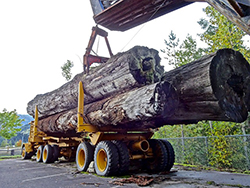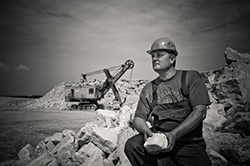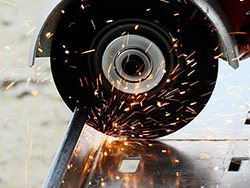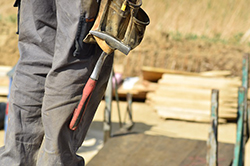 In Smith v. Hy-Vee, Inc., Drew Smith brought sexual harassment and retaliation claims due to conduct caused by Sheri Lynch, a tech cake decorator, who engaged in rude, vulgar, and sexually charged behavior toward Smith, and apparently all the other employees. The court stated that since Lynch did not seem to be “sexually motivated” toward Smith or any of the other employees, but simply out of control with all of them, there was no sexual harassment.
In Smith v. Hy-Vee, Inc., Drew Smith brought sexual harassment and retaliation claims due to conduct caused by Sheri Lynch, a tech cake decorator, who engaged in rude, vulgar, and sexually charged behavior toward Smith, and apparently all the other employees. The court stated that since Lynch did not seem to be “sexually motivated” toward Smith or any of the other employees, but simply out of control with all of them, there was no sexual harassment.
The issue in the case, however, was whether or not Smith had a reasonable belief that it was against the law and if the company retaliated against her because of her complaints. The court ruled that because she had to show the “good faith” nature of her belief, the facts from the underlying claim would be admissible at the retaliation trial. (What lawyers call having to “try a case within the case.”)
This case carries two lessons for employers:
If the crazy facts in this case are even slightly true, how did an employee like Sheri Lynch stay employed at Hy-Vee? Smith stated she reported incidents of harassment to at least 12 different managers and co-workers, making 66 to 101 complaints to management. Interestingly, Hy-Vee denies Smith ever complained. The company claimed that there were a number of incidents in which Smith herself did not act appropriately or questioned the authority of supervisors. She was also written up for making mistakes in cake and bagel orders during her final weeks of employment.
Although rude, vulgar, and obnoxious bosses might not end up generating a harassment or discrimination claim, they easily can trigger a legitimate retaliation case and expensive litigation. (Think about it — thousands of dollars in lawyers’ fees over cakes and bagels.) Remember that when employees bring these underlying complaints, they don’t have to use magic words like “harassment,” “discrimination,” or “retaliation” in order to trigger protection.














